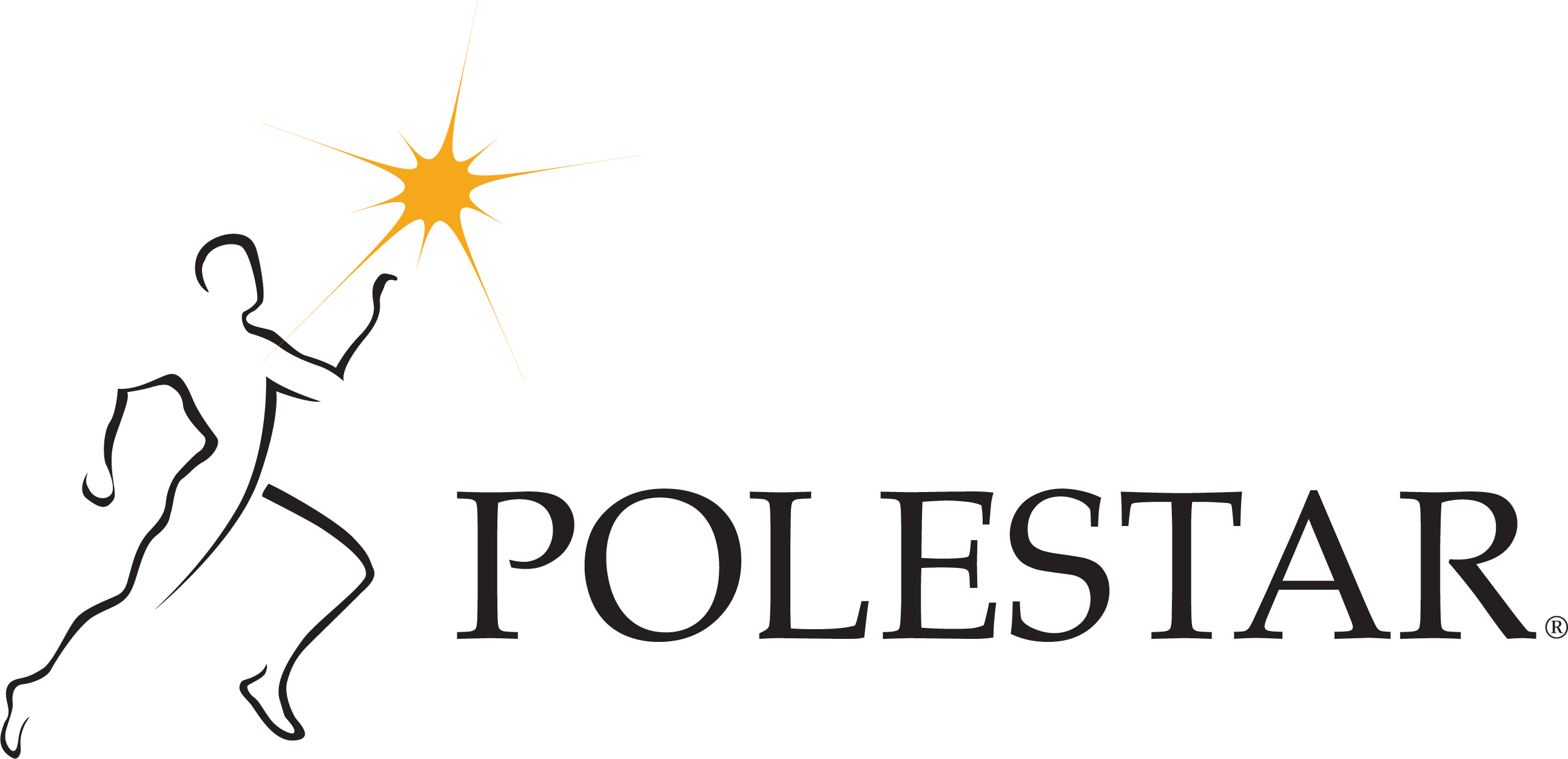
Does the “magic” Pilates class exist? One that serves both the student and the instructor? How are the best exercises chosen? Can a session be suitable for each and every member of the class? We’ll explore how to design the perfect class…
Having a clear intention and focus is essential in choosing the exercises that are going to provide a positive and focused motor experience for your clients.
It’s important to keep in mind that not every exercise or transition will be 100% appropriate for everyone. For an individual or private session, we take into account the specific circumstances of the student, their needs and their objectives. When we talk about group sessions (either collective or small group), we must look for a balanced group objective that addresses the entire body. In this case it is very helpful to have clear distinctions between the levels of each class: if the student is in an inappropriate class level, they may not be able to follow the class or it will be too simple, boring or insufficient.
Whether it be an advanced Pilates session, a beginner class or a session for the rehabilitation of an injury, planning is essential.
We recommend that you always perform a functional assessment and conduct an interview with your students to know their habits, lifestyle, sports practice, etc. It is important to plan subsequent assessment sessions in order to evaluate the efficacy of your program design, changes in the student, and to subsequently adjust the program if the desired changes in the student have not been produced. This assessment tool also helps us communicate to the student their progress .
It’s a good habit to keep a “logbook” of your classes where you can write down information about each student that may be relevant in relation to their movement. This logbook can also be useful for you as the instructor in evaluating the level of your classes and how your students are performing and improving.
In our next post we will go in depth on how to develop a movement program based on effective and quality Pilates, under the premises we follow in Polestar Pilates. Do not miss it!
Before adding a new student to your Pilates classes, do you have them fill out a questionnaire? Do you do an interview or a functional assessment? Tell us what works best for you.




